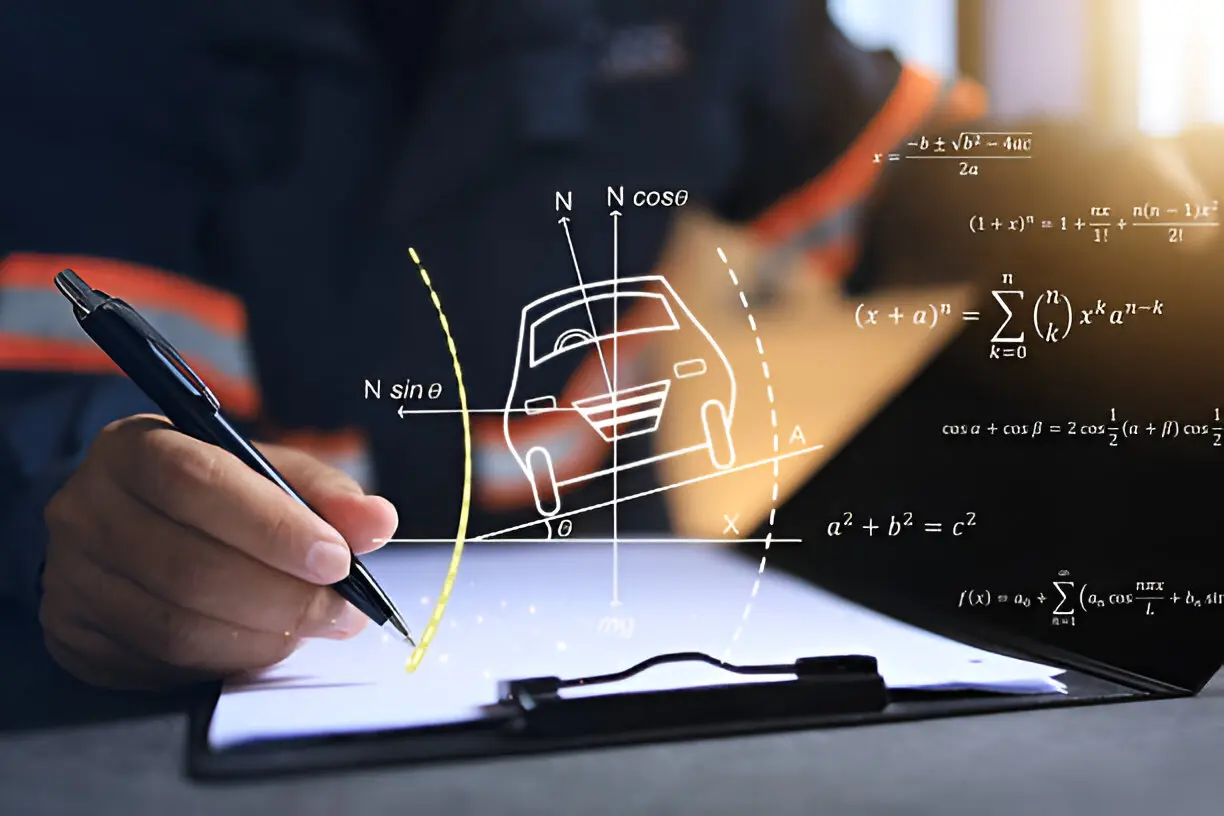Modern vehicles are more complex than ever, incorporating advanced materials, sensors, and electronic systems that require specialized knowledge when repairs are needed. As a result, collision repair has evolved far beyond simple dent removal and repainting. Technicians must stay updated on the latest diagnostic tools, safety protocols, and manufacturer guidelines to restore vehicles correctly and safely.
The rise of electric and hybrid vehicles and ADAS (Advanced Driver Assistance Systems) presents new repair accuracy and calibration challenges. To meet these demands, a collision repair body shop must have the tools and training to handle intricate systems and new materials like aluminum or carbon fiber. This shift in the industry calls for a blend of traditional craftsmanship and modern technology, ensuring quality results while keeping pace with innovation.
Technological Integration in Modern Vehicles
Over the past decade, vehicle technology has significantly advanced, with advanced driver-assistance systems (ADAS) like adaptive cruise control, lane-keeping assist, blind spot monitoring, and automatic emergency braking integrated into the vehicle’s architecture. These systems rely on interconnected networks of radar, LIDAR, ultrasonic sensors, and cameras. After a collision, as many as 99% of late-model vehicles require new wiring looms or recalibration to restore all electronic functionalities. This intricate and demanding modern collision repair has led to increased investment in technician education and advanced diagnostic equipment. Failing to accurately recalibrate or repair these elements can result in serious safety flaws.
Importance of OEM Repair Procedures
As automotive technologies become more complex, strict adherence to Original Equipment Manufacturer (OEM) repair procedures is crucial. These procedures preserve vehicle safety, crashworthiness, and reliability. OEM repair blueprints detail how to handle everything from sensor recalibration to panel bonding, aiming to maintain engineered safety standards. Ignoring these protocols can lead to severe consequences, as demonstrated in a 2017 Texas case where an auto body shop was liable for $31.5 million after a vehicle fire. This case emphasizes the importance of following the manufacturer’s instructions without shortcuts and ensuring proper repair facilities.
Impact of Legislation on Repair Practices
Regulation is a key driver in the auto repair industry, aiming to improve transparency, reduce fraud, and protect consumers. Several states are introducing or considering legislation requiring auto repair shops to obtain written crash reports before commencing work. Florida’s bill proposes a paper trail for each repair, documenting damage details and ensuring higher record-keeping standards. These legislative changes reflect a move towards accountability and robust consumer protection, ensuring increased paperwork and oversight while providing peace of mind for car owners.
Consumer Awareness and Education
Research indicates that many drivers are unaware of the complexity of modern repairs and the consequences of inadequate work. Even simple tasks like fixing a paint scratch or replacing a bumper can involve intricate digital recalibration and replacement of critical components like wiring looms. Only about 1% of consumers understand the extent of wiring systems involved in auto repairs. This knowledge gap necessitates increased consumer education and proactive communication with repair shops. Workshops that provide transparency and educate customers demonstrate professionalism and a modern mindset.
Also Read-Redefining Modern Architecture: Integrating Nature, Technology, and Community








